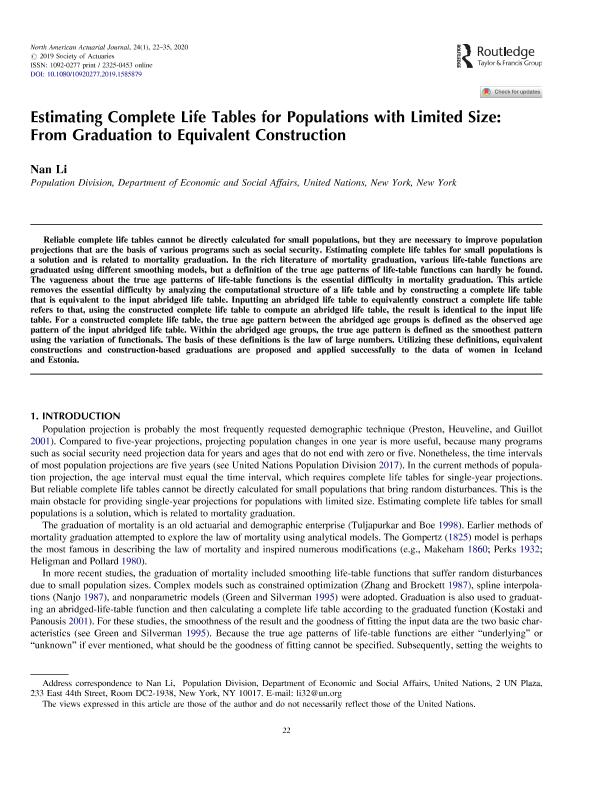Estimating complete life tables for populations with limited size : from graduation to equivalent construction

Contenido multimedia no disponible por derechos de autor o por acceso restringido. Contacte con la institución para más información.

